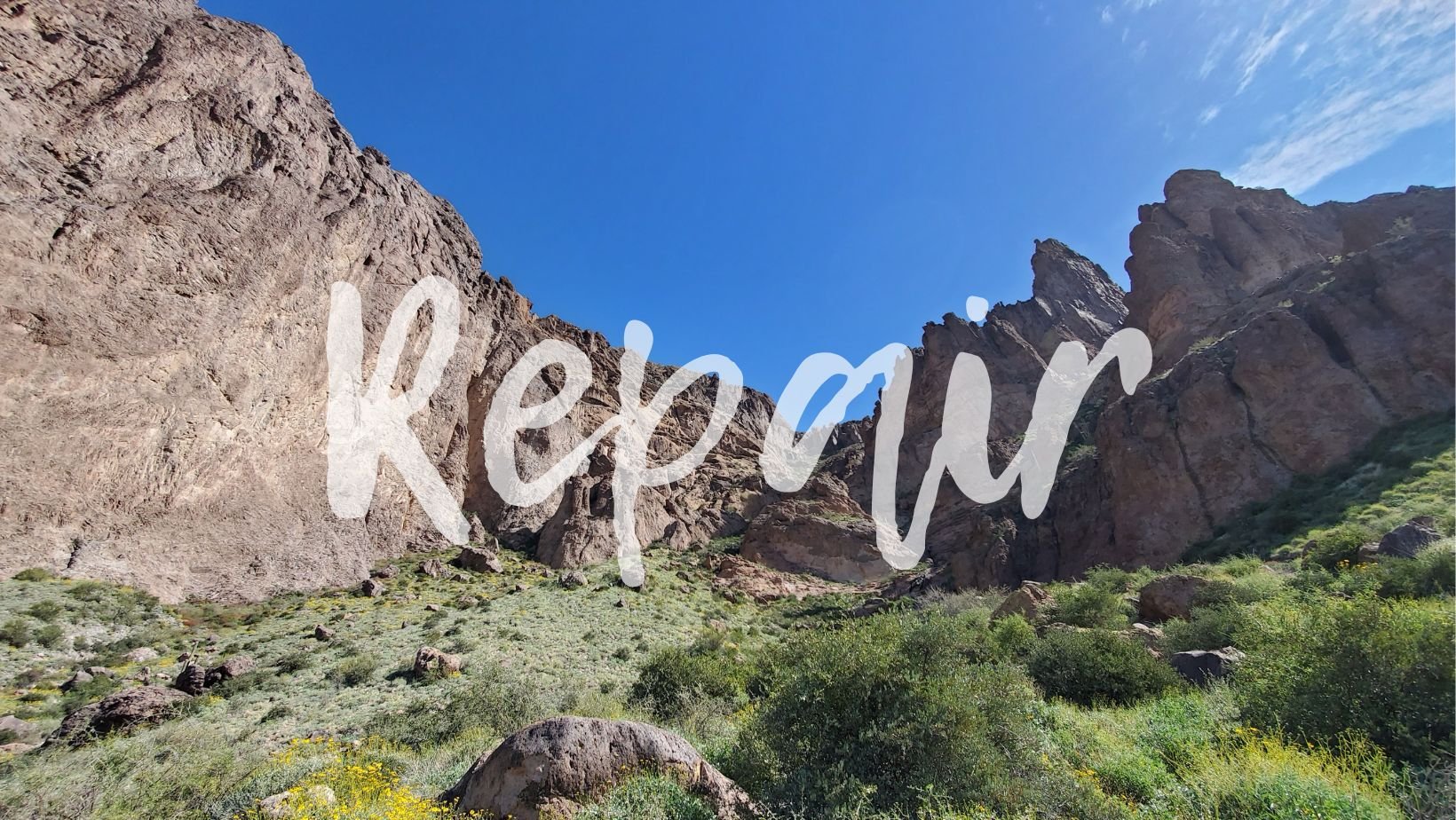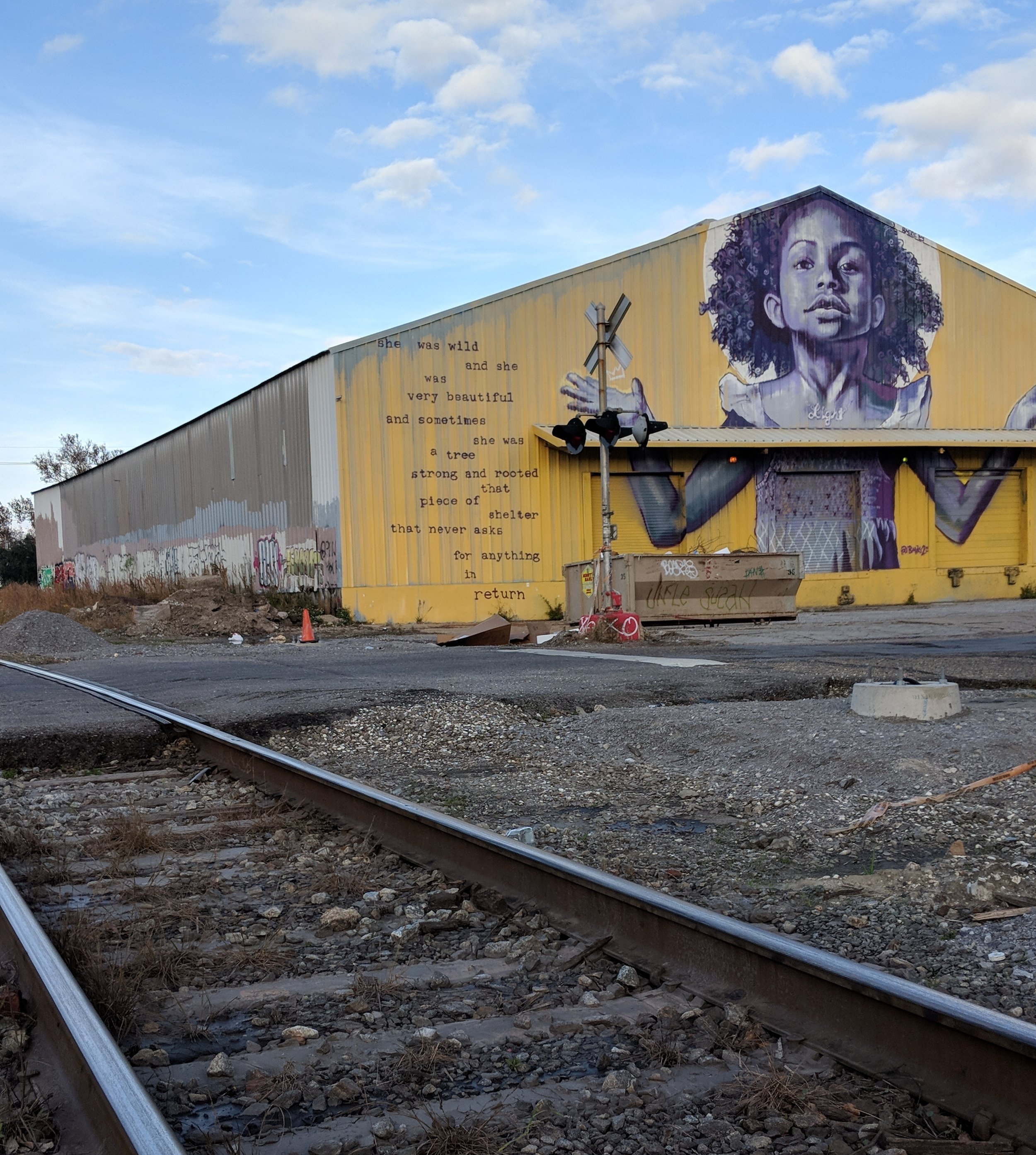What is land history? My land story.
When I think of my grandpa, I think of the farm. In my memory, he stands in denim trousers and a short-sleeved button down with eyeglasses and a pen in the shirt pocket. His grey hair sweeps neatly back, but oil and grease line the cracks of his hands. His spirit is weathered by decades of care for his Hereford heifers.
As a child, I tiptoed across the cattle guard, arms airplaned for balance, to reach the pasture. That’s where we hunted for thistles. Grandpa paid a nickel apiece to spotters like me. That’s where thoughts could unfold across miles of unbroken bluestem plains. That’s the farm that bred and fed my family.
But how did we get there?
My ancestors
Jacob Intermill was born in Konesburg Switzerland in 1840, and his is the story we tell in grade-school history books. He was just one year old when he joined the tide of immigration from Switzerland. He grew up in a Swiss colony in Ohio and married another Swiss immigrant. Swept on tides of manifest destiny, they migrated west. In 1874, their first child, Elmer, was born in Iowa. By 1884, Jacob’s name marked a 160-acre quarter-section of farmland in Harrison Township in Jewell County, Kansas. He bought the land from a man who homesteaded the acreage just a few years before. And by 1908, Jacob’s son Elmer had purchased another quarter-section in the same township. Elmer is my great-grandfather.
As the Intermill family set their frontier farming roots in Jewell County, so did Warrens, who married Switzers. In 1922 Lena (Warren) Switzer and Orvel S. Switzer welcomed baby Gladys Switzer to the world. Gladys grew up, hated that name, went by “Evonne” instead, and taught at the local one-room school house.
Customs are strong. Only young, unmarried women were allowed to teach in the area, but of course they couldn’t live on their own. Instead, teachers boarded with local families. Evonne joined the household of Elmer and Sadie Intermill. The Intermills’ two sons were serving in The War, and their daughter had just married, leaving a suddenly empty nest. Evonne met Private First Class Myron Intermill when he returned home on furlough. Their 1945 marriage made the front page of the Superior Express.
After the wedding, Evonne retired from teaching. The couple bought a farm in Jewell County’s Richland Township.
The land’s story
The U.S. granted the first title to 160 acres of that Richland Township land that would become my grandparents’ farm to homesteader Willington B. McCurdy in 1882. Mr. McCurdy began struggling almost immediately. His paid his taxes late each of the next five years. The local paper reported in 1887 that McCurdy “is very anxious to sell out; he thinks farming don’t pay.” Instead of selling, he extended himself even further.
By 1890, McCurdy had purchased an additional 120 acres—and the taxes on all 280 acres were again overdue. McCurdy financed the purchase with a mortgage against the original farm, but fell behind in payments. The mortgage company foreclosed on the property in 1896. McCurdy’s neighbor, John Wiscarver, bought the McCurdy farm for $600, $3.33 per acre. After brief stints in public office, McCurdy spend the last decade of his life raising chickens.
Mr. McCurdy, though, was not the first to steward the land. Neither was the United States. It acquired the land through an 1825 treaty with the Kaw Nation (also called the Kanza or Kansa). Under that treaty, the Kanza surrendered an 18-million-acre swath of territory that straddled what would become the Kansas-Nebraska border. In exchange, the United States promised the Kanza a two-million-acre reservation on the Kansas River, and $3,500 per year in goods and money for 20 years. That was less than $0.0039 per acre.
In 1846, a second treaty further reduced the Kanza land base. In 1852, a smallpox outbreak killed 400 people. Soon, the United States worked to remove the Kanza from their promised reservation and relocate them to Oklahoma, but the tribe resisted. In an 1867 speech, Kanza leader Allegawaho said, “You treat my people like a flock of turkeys. You come into our dwelling place and scare us out. We fly over and alight on another stream, but no sooner do we get settled then again you come along and drive us farther and farther. In time we shall find ourselves across the great mountains and landing in the bottomless ocean.” Less then a decade later, in 1873 under duress and protest, Allegawaho led the remaining Kanza—then 553 people—to Washunga, Oklahoma.
“You treat my people like a flock of turkeys. You come into our dwelling place and scare us out. We fly over and alight on another stream, but no sooner do we get settled then again you come along and drive us farther and farther. In time we shall find ourselves across the great mountains and landing in the bottomless ocean.”
The family farm
As farmland, the Richland Township parcel was pretty terrible. The USDA soil survey classified it as “rough broken land” prone to “doughtiness and erosion.” It was a lot of limestone with some shale outcroppings and was unusually vertical for Kansas. But no one told Myron what to do except for Evonne, so together, for years, they scratched a living from the land that Mr. McCurdy had known “don’t pay.” Then the flood came.
In the decades after WWII, public works “improvements” abounded. The Lovewell Dam project was one of several that the U.S. Bureau of Reclamation undertook across Kansas to boost irrigation. The U.S. built these dams to create reservoirs and divert water from streambeds to farms. For the Lovewell project, the U.S. planned to block White Rock Creek and flood 7,000 adjacent acres. But there were landowners between the U.S. and the reservoir it wanted.
Myron and Evonne’s farm sat behind the proposed dam, and would be flooded by the project. In the words of the U.S. Constitution, it was a “taking” that required “just compensation.” The Bureau of Reclamation sent appraisers to Richland Township.
Evonne was carrying her fourth child—my father—when negotiations began. In condemnation proceedings, the U.S. valued the land at $4359.00, $72.64 per acre. The proceedings concluded with a three-way trade. My grandparents surrendered their farm to the U.S., the U.S. bought land for a local dairy farmer, and my grandparents took possession of the dairyman’s much-more-fertile land in Jackson Township. Things were looking up for Myron and Evonne.
The Lovewell Dam project proceeded as planned, and White Rock Creek submerged the Richland Township land my grandparents bought as newlyweds. Today, the reservoir continues as an irrigation source, but is also a state recreation area. The flood is my origin story. And I wonder whether the U.S. officials who made the Lovewell Dam decisions are the same ones who decided in 1960 to flood Washunga, Oklahoma—and a Kanza cemetery—to create Kaw Lake.
Where time and place meet
Land history is a squishy layer cake. From an ergonomic keyboard in 2022, I slice through layers of time that all exist at once. The Jewell County land I visited as a child was, is my grandparents’ farm and was, is Kanza homeland. My story threads through Kansas pastures because federal policy pulled settlers to the frontier and pushed tribes westward and moved water from its natural path into unnatural pools. All of this land history is true, all at once. And.
The next chapter was, is always already part of this story. The population ticker on the Kaw Nation website counts babies whose ancestors survived smallpox and famine and removal so that they could live. I teach my child the stories of our farm so that she can share them with her children. I reach through time and space to learn the stories that came before me because those stories tell me more about who I am—and who I want to be.
What will your land story teach you?
Hi, I’m Jessica. I help individuals and organizations look behind their homes, schools, businesses, and congregations to understand the circumstances that formed the history of the land they stand on. Learn how I can help you uncover your own land story here.









Step back and see that all these things exist at once. Street art blooms across the street from the tracks of the train Mr. Plessy boarded. Ruby was, Ruby is, her ancestors were freed, not free, White supremacy was, White supremacy is, and what comes next is all in the gravel kicked down a New Orleans train track to the Supreme Court and back, but never really very far.